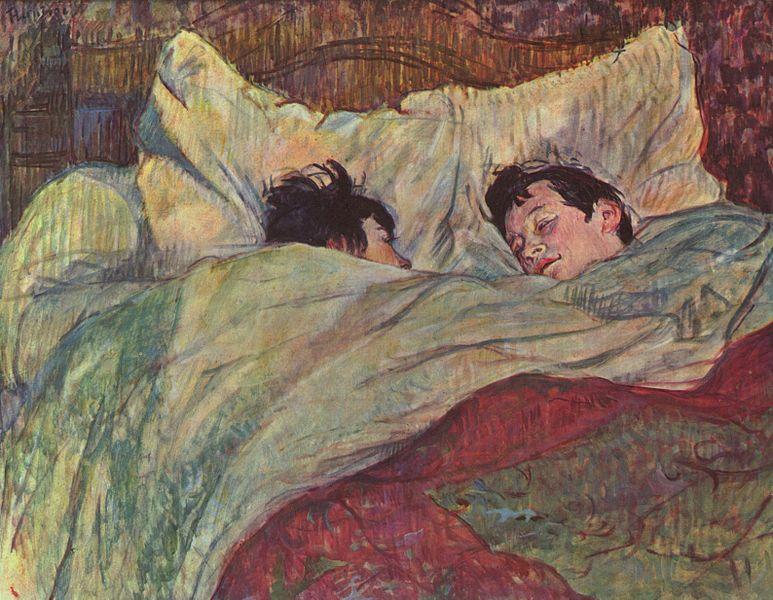New research seeks to determine what dreams mean
Scientists at Brown University are studying what people dream about. (Painting by Henri de Toulouse-Lautrec/The Yorck Project via Wikimedia Commons.)
Science is on the road to helping you understand all those cryptic dreams that you’ve had.
In a new study recently published in “Science,” researchers at Brown University were able to describe the images dreamers saw by reading MRI scans of their brain activity.
Though this work is still in the earliest stages, it could lead the way to better understanding of not just what we dream about, but also why we dream at all.
Masako Tamaki, a research associate in Brown University’s Department of Cognitive, Linguistic & Psychological Sciences who is a part of the study, says the dreamers were monitored via MRI, and then awoken shortly after the dream ends and asked what they remembered dreaming about.
“We repeated this procedure to receive at least 200 visual reports from each subject,” she said.
The researchers tried to identify a particular stage of the sleep process to awake people, because they hypothesized that this particular stage led to more vivid dreams, Tamaki said.
But the research is still in its early stages. Tamaki said scientists aren’t sure yet what purpose dreams serve — but they do have hypotheses.
“It may work in reducing unnecessary memories, for example,” she said.
